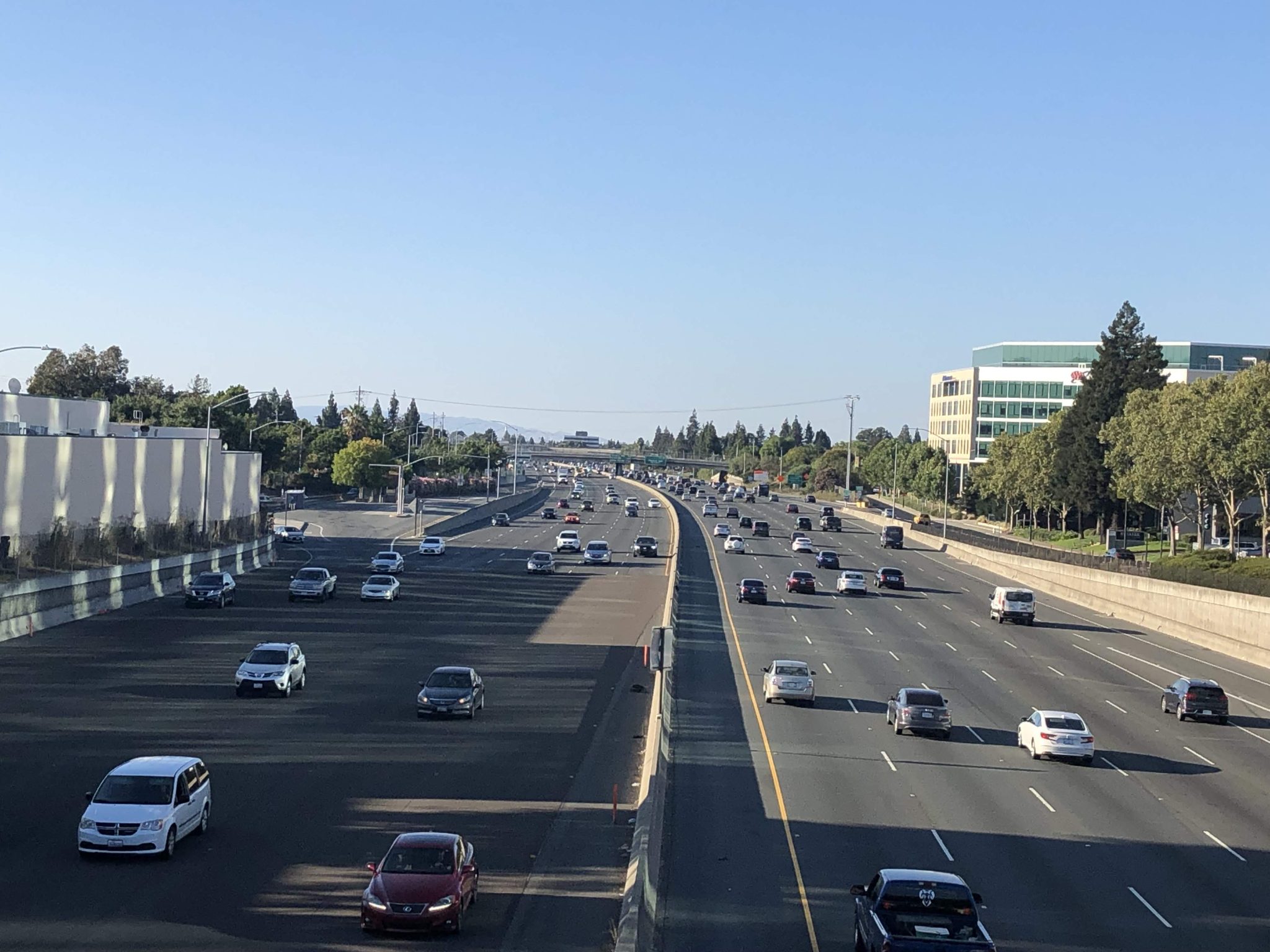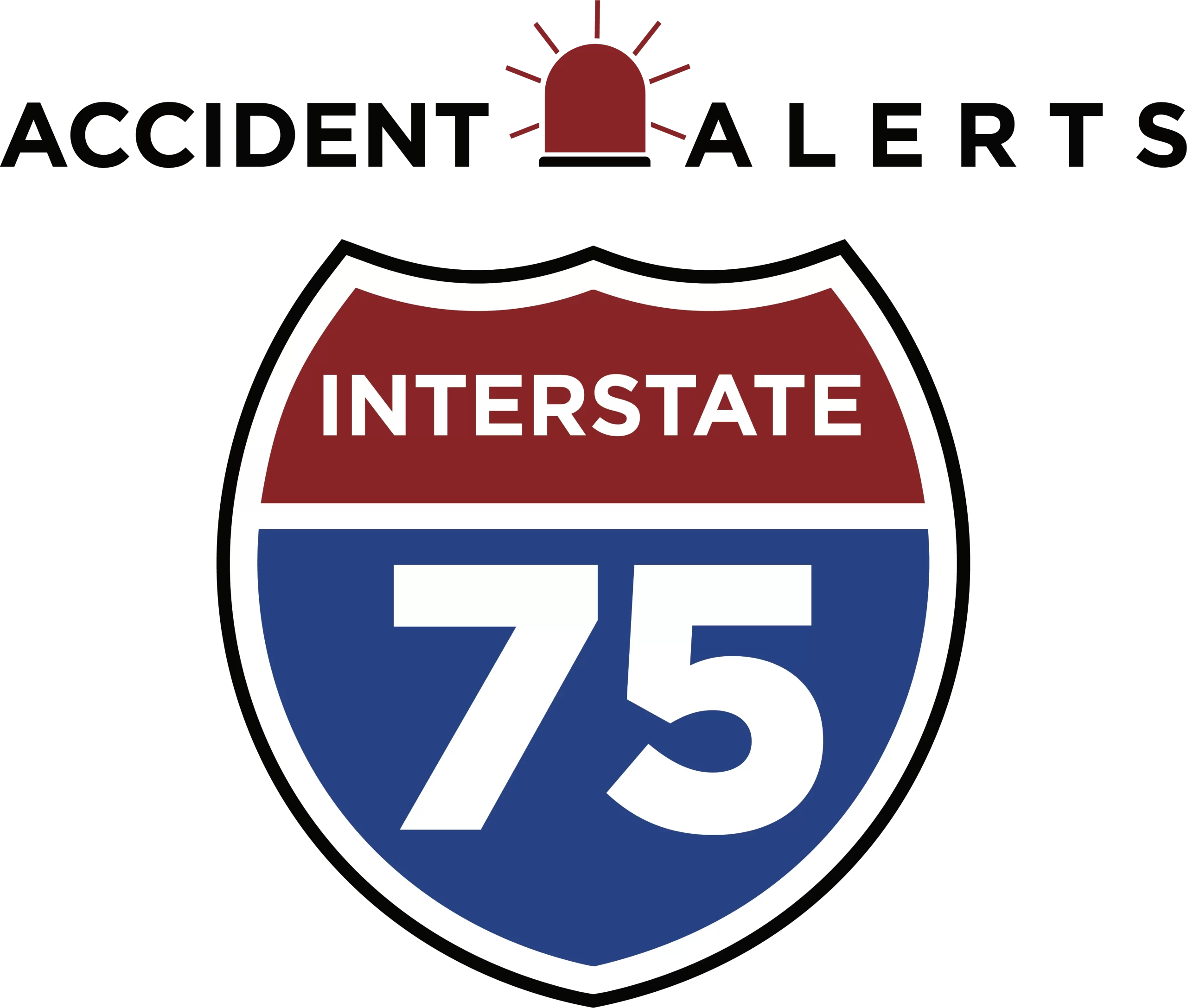
Motorcycle accidents on I‑75


I-75 runs nearly 1,800 miles from Michigan to Florida. It carries commuters, vacationers, and heavy truck traffic every day. Motorcyclists face unique risks on this busy route. High speeds, dense traffic, and unpredictable conditions make crashes more likely.
Motorcycle crashes on I-75 often cause severe injuries and costly damages. Riders have little protection compared to drivers in enclosed vehicles. Understanding the causes, risks, and safety steps can help reduce accidents. This article explains why motorcycle crashes happen on I-75 and how both riders and drivers can stay safe.
Why Motorcycle Crashes Are Common on I-75
Motorcycles are small, fast, and harder to see than passenger vehicles. Drivers often overlook them in mirrors or blind spots. This is particularly common on a crowded interstate like I-75. A missed glance can result in a dangerous lane change or sudden merge directly into a motorcyclist’s path.
Traffic density adds to the problem. I-75 runs through major metropolitan areas such as Detroit, Cincinnati, Atlanta, and Miami, where heavy congestion increases the likelihood of collisions. Stop-and-go traffic and frequent lane changes put motorcyclists in constant danger of being struck by larger vehicles.
Speed also plays a big role. On open stretches of I-75, drivers often exceed posted limits. Higher speeds reduce reaction time for both riders and drivers, making crashes more severe when they occur. Motorcycles, with their lighter weight and lack of protective barriers, suffer the worst consequences in high-speed impacts.
The weather is another factor. Rain, fog, and sudden storms are common along the interstate’s long route. Wet pavement reduces traction, while poor visibility makes motorcycles harder for other drivers to spot. Even strong crosswinds can destabilize a bike.
Finally, driver behavior contributes heavily. Distracted driving, drowsy truckers on long hauls, and aggressive maneuvers all raise risks. Motorcyclists must share the road with vehicles many times their size, leaving little margin for error.
Motorcyclists face higher risks than drivers of passenger vehicles, so safety must always come first. Taking proactive steps every time you ride can help prevent accidents and reduce injuries if a crash does occur.
Safety Advice for Motorcyclists
Wear proper gear every ride. A DOT-approved helmet is the single most effective way to reduce the risk of a fatal head injury. Riders should also wear protective jackets, gloves, boots, and pants designed for motorcycle use. These items provide abrasion resistance, reduce the risk of broken bones, and offer protection from road debris. Even in hot weather, lightweight protective gear is better than riding without it.
Stay visible on the road. Motorcycles are smaller and less noticeable than cars or trucks. Use headlights at all times, including during the day, to increase visibility. Reflective strips, bright-colored helmets, and high-visibility vests can also make a significant difference. Position yourself in lanes where drivers can clearly see you, and avoid riding in blind spots.
Keep a safe following distance. Tailgating is especially dangerous on a motorcycle. By leaving extra space behind the vehicle ahead, you give yourself more time to react to sudden braking or swerving. A good rule of thumb is the “two-second rule,” but in poor weather or heavy traffic, increasing that distance to four seconds is even safer.
Avoid weaving between lanes. Lane splitting or weaving can be tempting in slow traffic, but it places riders at serious risk. Drivers may not anticipate a motorcycle passing so closely, and sudden lane changes can leave you with nowhere to escape. Staying in a predictable, visible position reduces confusion and makes other drivers more aware of your presence.
Ride defensively at all times. Assume that drivers may not see you, especially in high-traffic zones or at intersections. Be prepared for sudden lane changes, drifting vehicles, or drivers who fail to yield. Always keep an eye on mirrors and anticipate potential hazards ahead. Defensive riding is not just about reacting quickly; it’s about expecting the unexpected and staying one step ahead.
By combining protective gear, smart visibility tactics, and defensive riding habits, motorcyclists can significantly reduce their risks on I-75. While no strategy eliminates danger, these steps put safety in your control.
Safety Advice for Drivers
Drivers must take extra care around motorcycles. Their smaller size makes them harder to see and more vulnerable in crashes.
- Check mirrors and blind spots. Always look twice before merging or changing lanes.
- Watch intersections. Left turns in front of motorcycles cause many serious collisions.
- Give space. Keep at least three seconds of distance. Even a light tap can cause a crash.
- Stay focused. Phones, food, and distractions take attention off the road and endanger riders.
- Signal early. Use turn signals well in advance so riders have time to adjust.
- Small steps from drivers make a big difference in keeping motorcyclists safe on I-75.
Legal and Insurance Considerations
Motorcycle crashes often leave victims with life-changing injuries. Riders have little protection compared to drivers in cars, so even a single collision can cause broken bones, spinal cord damage, or traumatic brain injuries.
Recovery may take months or even years, and during that time, victims often face overwhelming medical bills, ongoing treatment costs, and lost income from being unable to work.
Insurance disputes add another layer of difficulty. Companies may try to shift blame to the rider, argue that the injuries were preexisting, or offer quick settlements far below the actual cost of care. Victims who accept these low offers often find themselves struggling to pay for future treatments or cover daily living expenses.
Fault laws also complicate matters along I-75, which runs through many states with different legal systems. For example, Florida follows a no-fault insurance model, meaning your own insurer pays initial medical expenses regardless of who caused the crash.
In contrast, states like Georgia or Ohio apply comparative negligence rules. Under these systems, compensation can be reduced if the rider shares any percentage of fault.
In stricter states, even a slight fault may block recovery entirely. These differences make it critical for victims to understand the laws where the crash occurred.
This is where an attorney becomes essential. A lawyer can investigate the crash, gather medical records and witness statements, and work with accident reconstruction experts to prove what happened.
They can also negotiate directly with insurance companies to push back against unfair tactics. If negotiations fail, an attorney can file a lawsuit and advocate for full compensation in court, helping victims secure the resources they need to recover and rebuild their lives.
Contact an Experienced Lawyer
If you or someone you love has been injured in a motorcycle crash on I-75, you don’t have to face the aftermath alone. Contact an experienced motorcycle accident attorney today for a free consultation. We’ll review your case, explain your options, and fight to secure the compensation you deserve.

